
At the end of 2017, we were contacted by the Centers for Disease Control (CDC) with a call for authors to submit to the CDC Amazing Baby Contest (for the final book in a series of early picture books that incorporate children’s developmental milestones into the story). We alerted our subscribers to the opportunity and, after a rigorous submission and review process that lasted several months, we got some exciting news:
CBI Insider Ann Harrell’s manuscript, Baby’s Busy Day (Being One is So Much Fun!), had won first place. And another CBI subscriber, Robyn Campbell, had been among the finalists.
Ann’s book was launched in November 2019 at the international conference of the National Association for Educators of Young Children (NAEYC) in Nashville, TN with a media event and book signing.
Of course, we’re thrilled with the news that two of our wonderful CBI Insiders had been honored, and we contacted both Ann and Robyn for an interview last fall. But our joy is tinged with sadness.
Sadly, shortly after completing the interview, Robyn Campbell – a beloved member of the kidlit community – passed away in her sleep on September 29, 2019.
Ann said, “I met Robyn in 2018 at the Carolinas SCBWI conference. Her fierce passion for the craft of writing was immediately evident. Our meeting was a serendipitous one. We happened to sit at the same conference luncheon table and learned that we both placed in the CDC contest. What are the odds? She was warm, gracious and clearly, a champion and advocate for fellow writers. My heart goes out to her family and to all who loved her—such an unimaginable loss.”
Robyn’s generosity was clear in her excitement for Ann’s success, and here she and Ann both share what they learned from their CDC Amazing Baby Contest experience.
How long have you been writing? Have you previously published anything in the children’s market?
Ann: I have always loved children’s literature. Both as a parent, reading to my children, and as a child therapist, using picture books for bibliotherapy, I have accumulated piles of picture books over the years. I started writing several years ago and joined a critique group. I joined SCBWI and began attending conferences and workshops. I now have a portfolio of picture books that I have written as well as an early reader chapter book, but my story BABY’S BUSY DAY (Being One is so Much Fun!) is my first publication and I couldn’t be more thrilled.
Robyn: Laura, thank you for giving me the opportunity to speak about the CDC Amazing Baby Contest. It was such a wonderful time in my life. I urge writers to enter contests like this one. I would never have known about it without being a Children’s Book Insider subscriber. I thank you and Jon for these wonderful opportunities. Now to answer your question, I’ve been writing for 11 years. It seems like a lifetime in many ways and a twinkling in others. And yes, I am published in the children’s market.
What appealed to you about entering the CDC contest?
Ann: First of all, I would never have known about the contest had I not been a subscriber to Children’s Book Insider so I will be forever grateful to your publication! The minute I read about the contest, I knew it was something I wanted to pursue. As a pediatric counselor and child development specialist (my day job!) and as a children’s book author, it seemed like the perfect fit—combining both my passions. I loved the idea of encouraging child literacy and parent education all within the framework of a picture book or board book that a child would want to “read” again and again. A tall order for sure, but the premise instantly spoke to me.
Robyn: What I loved about the Amazing Baby Contest was the challenge. Think about it. We had to come up with an idea, write a proposal and a budget and then write the story (in rhyme) all in a few weeks. I thought that was a pretty good test of my writing abilities. And the opportunity to reach out to these families and have a part in showing them where their babies should be at this stage in their lives made my heart smile.
The submission rules for this contest were a bit unusual. First, you had to submit a proposal of up to five pages that highlighted your interest/motivation, proposed approach, experience, a description of your work style, and proposed budget. You could submit a writing sample but not the actual manuscript. How hard was this all to put together, and how did you come up with a budget?
Ann: Writing the proposal was a project in itself. The criteria was very detailed and comprehensive. My idea for the story was already clear in my mind. I also had several PB manuscripts that were developmentally “very young” so I had writing samples that I could send. Providing a resume and sharing my personal work style were also straightforward. The hardest part for me was developing a budget, something I had never done before regarding my writing. The budget was broken down into categories which included concept development, actual writing time, and revision process. Talking with published authors and members of my critique group was helpful but it seemed everyone had a different take on it. In the end, I guesstimated hours I would spend over time per category and determined an hourly rate. Although a daunting task, it did give me pause….making me reflect on my worth as a writer and all that goes into writing a picture book. It also spawned a lively discussion in my critique group!
Robyn: Writing a budget was a daunting test for me. We also had to give time intervals such as how long it would take to scan the story. They also wanted to know if we could work with a team because writing is such a solitary career. And they wanted a glance inside my office and how I spend my writing time. That was difficult because I had to sit back and figure out if I use this precious time wisely. I was tickled pink to see I usually do. These are things I’d never thought about. I urge readers to take a look at how they spend their writing time. It is useful to understand that you spend this time in a valuable way. As to the budget, I went online and researched. Then I researched some more by asking writing friends their opinions. By this time I was overwhelmed at the many different responses, so I rolled up my sleeves and jumped in with both feet. Since I already had a very good idea of where I wanted to start, I spent an entire day (all day) and wrote the budget. I ran it by my husband to get his opinion. We had to have parts of our story completed when we sent in the proposal. I had played around with mine while writing the proposal and budget which had to be completed according to their specifications. The proposal was extremely hard for me. I think I did three drafts of the proposal alone. We also had to send at least three other writing samples. I sent two written in rhyme and one in prose. I finally decided that it was time to let it go. I crossed my fingers and added the three lines I’d written for the board book and hit send!
After your proposal was accepted, you had 2-3 weeks to come up with a manuscript that would be then tested with one-year-olds and their parents before a winner was chosen. Did you adapt a manuscript you’d already been working on, or did you start from scratch?
Ann: I wrote a completely new manuscript from scratch—my first foray into writing for such a young audience—12-18 month-olds. But I knew that I wanted to write a story that was rhythmical, and in rhyme with each stanza beginning with an action, initiated by Baby….a story that would not only be fun but nurturing, encouraging the parent-child relationship and all that comes with that exquisite bond.
Robyn: I started from scratch with the three lines I had, and what I’d said in the proposal about the story I wanted to write and tried to make it as interactive as possible. Since it would be tested with the one-year-olds, I wanted them to join in with my bunny and laugh and dance and clap. I never used the words he or she because I wanted the babies to feel like they were Bunny. So Bunny became gender-free. The first draft had Momma in the story. I wrote her out and concentrated on Bunny. I also realized I had to include as many milestones as I possibly could to help the parents understand where their babies should be at this age. Plus, the meter had to be right. It was so much fun yet at the same time; it was a nail-biter. I would do it again simply because the experience was priceless.
This book is targeted at one-year-olds, and also has to incorporate certain developmental milestones for that age so parents can assess if their children are reaching those milestones. How difficult was it to come up with a text that fulfilled these requirements?
Ann: Once I had the idea, it actually flowed fairly easily. I wrote a “day in the life” rhyming story that follows a baby character (a puppy) through a day, reflecting milestones as he plays and interacts with family. I also envisioned with each stanza and spread, a wordless illustration depicting the parent’s response to Baby (reflecting parent-child attunement). The CDC liked this idea and it was ultimately developed into a sidebar category of parenting tips in addition to the developmental milestones. That was icing on the cake for me!
Robyn: I searched online for these all-important milestones and was shocked at how many there were. I figured I would take the most crucial ones and turn them into my rhyming story. Easier said than done. I worked every single day for a solid two weeks on it. Mine ended up being 101 words. I asked my very dear multi-published writing friend for advice. After reading her feedback, I moved ahead with about five more drafts before I was satisfied enough to send it in. I clicked send at 11:59 pm., one minute before the deadline. Whew. And even though I had a multitude of second guesses, I was happy I’d accomplished so much in so little time.
Robyn, your story was a finalist, which is a tremendous accomplishment. Are there ways you can turn this into another opportunity?
Robyn: The CDC Amazing Baby books are complete with Ann’s story. I cannot submit to them, however, I am submitting my manuscript to publishers. I believe it is better than ever and I’m ready to find a home for my bunny. It is now an interactive book, a birthday book and a bedtime book all in one little story. A strange thing happened when I was at the Carolinas SCBWI conference in September. I found myself sitting next to (author) Linda Ashman. That’s when she introduced me to Ann and said, “Robyn, Ann won the CDC Amazing Baby Contest.” I think I almost choked on my water. After the initial shock, I realized I liked Ann and the contest had been several months removed so that I’d made peace with it (thanks, Jon and Laura). Just think, two winners from North Carolina. I wonder if that’s a record. Honestly, I wish Ann the best of luck with this project. I learned a great deal about myself through this process, and I’m pleased to know I followed through with it.
Ann, what’s been the revision process like as you move toward publication of your book? How will people be able to buy your book?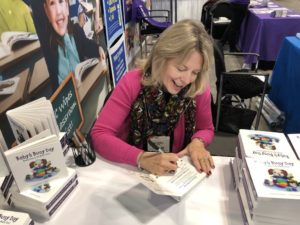
It has been a wonderful collaborative journey over the course of a year with the CDC team and Porter Novelli Public Relations team. What a stellar group of professionals! From the initial book launch meeting in Atlanta to multiple phone conferences and many emails later, it was a seamless process. My book is the final one in a series of children’s preschool books developed by the parent education arm of the CDC “Learn the Signs—Act Early” program. They truly have the process down to a science, which includes live testing of the book with parents and children at several sites in different parts of the country. After each of these live testing sessions, the CDC team scheduled phone conferences with me as well as the illustrator, Allison Valentine, and the Spanish translator, Teresa Mlawer. It was exciting to hear the parent feedback which led to some revisions and new ideas. It was such a fascinating and rewarding experience.
Baby’s Busy Day is now available for free in limited quantities in English and Spanish. Families can check www.cdc.gov/AmazingBooks to order the book. In addition, in order to expand education on developmental milestones, early education programs and healthcare settings can also order the book for free as well as others in the Learn the Signs, Act Early program.
Do you have any advice for writers who are considering entering a contest, or just advice in general?
Ann: In addition to submitting to publishers, entering a contest is a great way to get your work “out there” and test the waters. And as far as general advice, I would say do all you can to hone your craft and connect with other writers and professionals in the field—attend conferences and workshops, join SCBWI, subscribe to professional newsletters such as Children’s Book Insider and join a critique group. I have been with the same small critique group since I started writing and I have found this to be invaluable. Keep yourself informed about current trends and your particular genre. And of course, as always, persistence and perseverance are every writer’s mantra. Revise, revise, and then revise some more!
Thank you so much, Laura, for your interest and for allowing me to share my experience.
Robyn: I know we’ve all heard this before, but it rings so true to me now that I must repeat it. Never give up! Your opportunity is peeking around the corner so keep at it and enter these contests. You never know what will happen. You might get the email that says you won. I also want to say to do your research. Whether it be a contest or submitting to an agent or publisher always learn as much about it as possible. That way you are prepared, and you are giving it your best shot. And when it’s over, remember what you learned about yourself and your writing and stand tall and proud no matter what. And remember, never give up!
Ann Harrell believes that stories matter. As a licensed counselor, she listens to stories. As a dance-movement therapist, she expresses stories and as a children’s author, she creates stories. A voracious reader as a child, she has a soft spot for children’s literature. Ann writes picture books and chapter books for early readers. She is an active member of a writers’ critique group and a long-standing member of SCBWI. She enjoys family time, dancing, and walking her golden retriever rescue from Turkey where Ann grew up.
Robyn Campbell was a children’s poet and author who firmly believed in the power of picture books. For this reason, she was constantly scribbling new stories for littles to read. She also wrote poetry and YA, and was a proud member of Children’s Book Insider and the SCBWI. Robyn was Director of Poetry In Plain Sight and Poetry In Plain Sight for Youth for the NC Poetry Society.
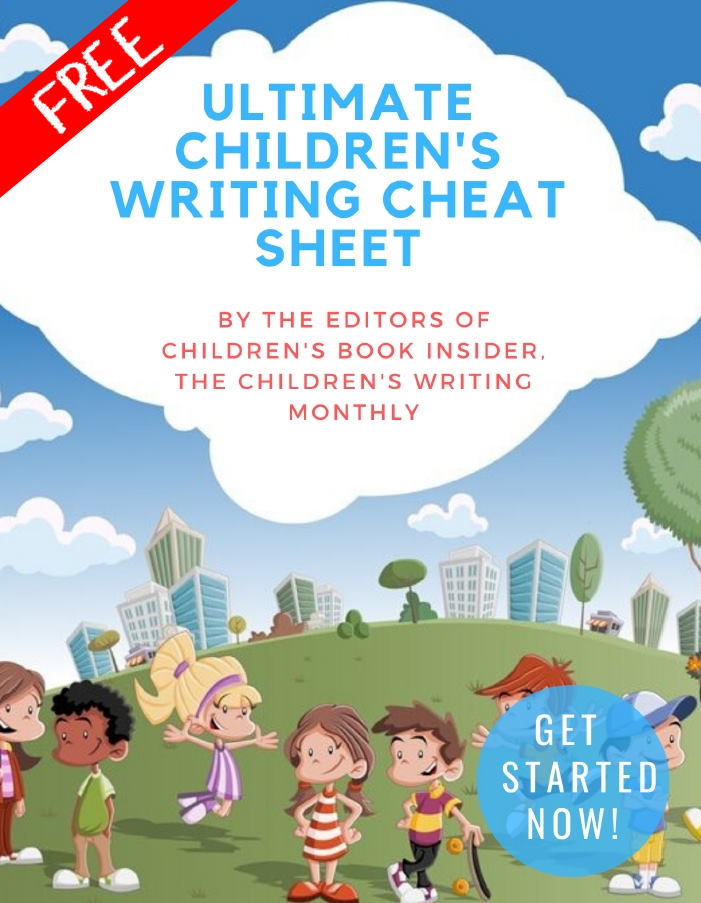
✏ Word Counts & Age Groups for Every Kidlit Category
✏ FAQs, Glossaries and Reading Lists
✏ Category-specific Tips, from Picture Books Through Young Adult Novels
✏ 5 Easy Ways to Improve Your Manuscript
✏ Writing For Magazines …and more!
This is a gift from the editors of Children’s Book Insider, and there’s no cost or obligation of any kind.
We will never spam you or share your personal information with anyone. Promise!
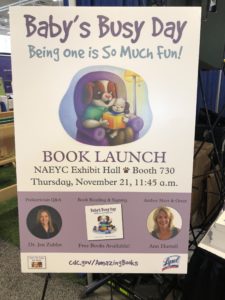
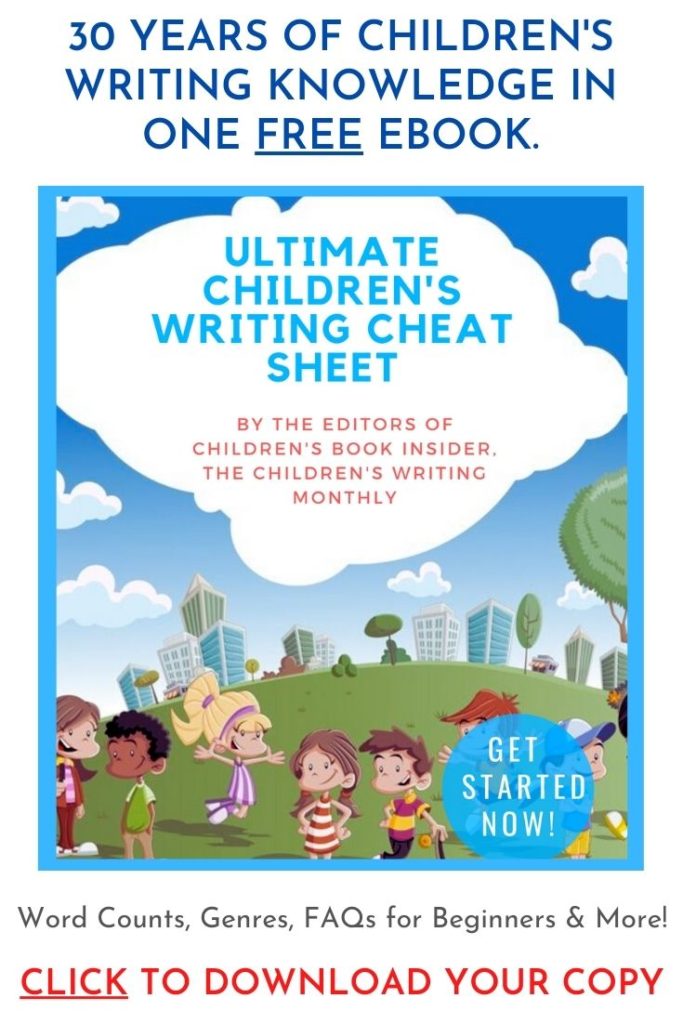
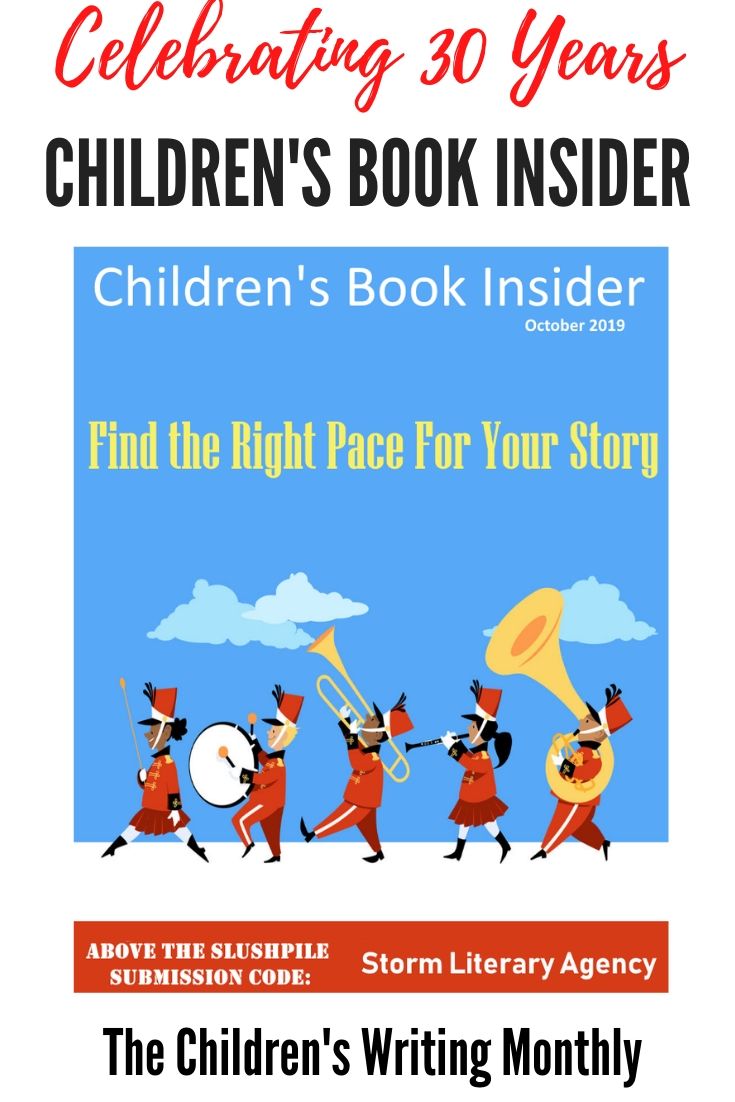
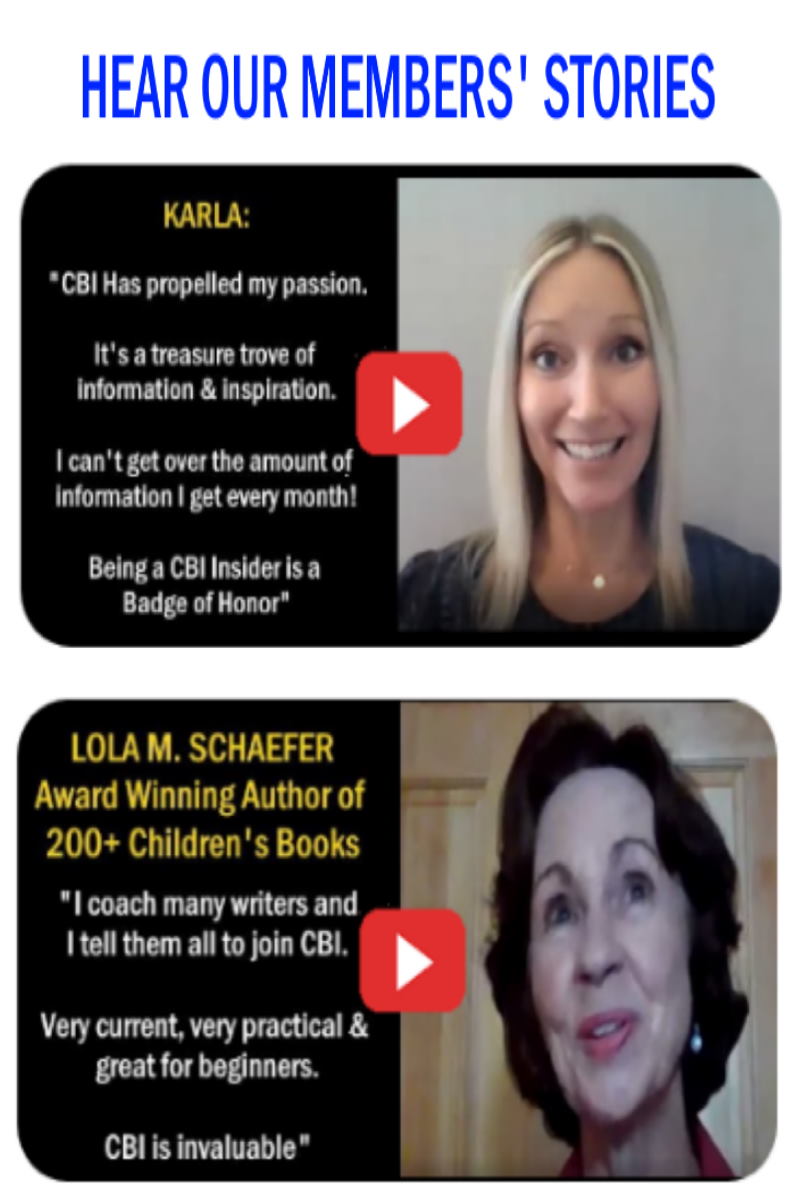
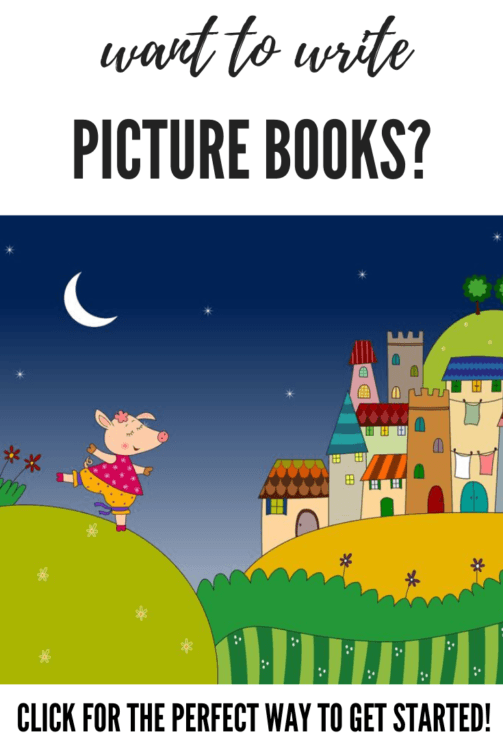


Robyn was the leader of our Skype critique group for writers of rhyming picture books when she passed away. We are still shocked and miss her so much. She was passionate about books and helping fellow writers. Her most recent manuscript had divulged another passion, her love of Florida’s ocean life. She was on a mission to protect that life and her rhyming picture book manuscript reflected that.
Congratulations Ann! What a wonderful journey to publication. You’re a great role model for ‘persistence pays off.’